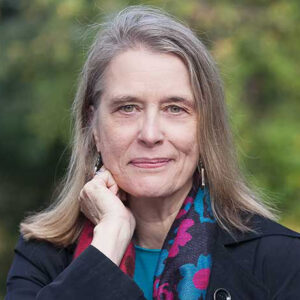We were visiting a friend in Vancouver, Canada and I was exploring the city. There was a commercial gallery selling studio portraits of Hollywood stars from the 1940s to the 1960s. I entered the gallery. It was a large, brightly lit space. Framed black and white photographs were displayed in single rows on the walls. As a serious student of Hollywood films, I recognised most of the faces of the actors and actresses in the photographs. There was a debonair Cary Grant with perfectly arranged hair, a soulful Betty Davis and a wistful Judy Garland, among others.
The only other person in the gallery was a young woman. She was gazing at a portrait of the delicate-featured Audrey Hepburn. The actress had been a fashion icon and was synonymous with Hollywood glamour during the 1950s and 1960s. The young woman turned to me and asked me if I knew who she was. The photographs were for sale but there were no labels on the walls. I suspected that this was a strategy to force visitors to speak to one of the salespeople. This young woman had no idea that she was looking at the star of the classic films Roman Holiday (1953) and Breakfast at Tiffany’s (1961).
The breadth and depth of our cultural divide shocked me. She and I were not experiencing the Hepburn portrait in the same way. For me, the picture was alive with vivid memories of the actress’s impeccable style and gracious on-screen presence. I recalled her big-screen flirtations with the solidly handsome Gregory Peck, the fair-haired, all-American William Holden and a leathery-faced Humphrey Bogart. I could hear the music standard Moon River from Breakfast at Tiffany’s playing in my ear. But it did not hold the same enchantment for her. The gap in our ages and backgrounds meant that we were experiencing two different versions of the same photograph. For the young woman, it was portrait of an appealing stylish woman from an earlier period but for me, it was a portal to American popular culture and fashion and resonated with meaning and memories. It held deep associations for me. But for the young woman, it was one-dimensional.
It struck me that I wasn’t really looking at the picture of Hepburn at all. Instead, I was constructing a portrait composed of my personal history, stories and feelings. Without these connections, it would be like watching a blank movie screen.
